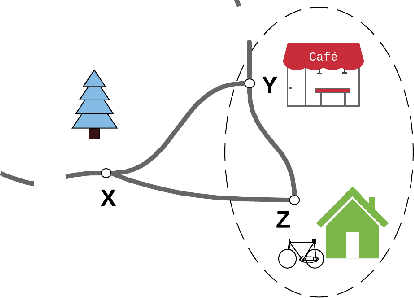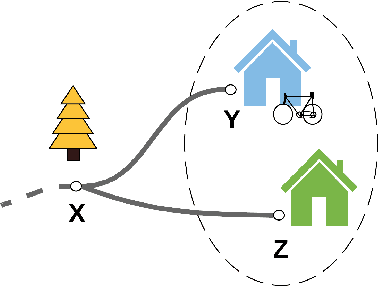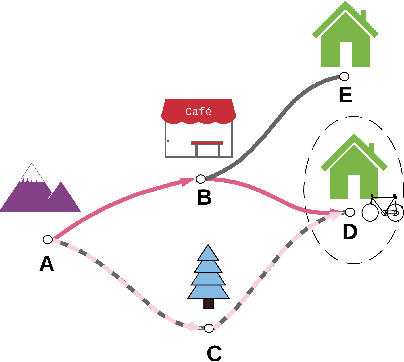Robin L. Hill
Backtranslation Feedback Improves User Confidence in MT, Not Quality
Apr 12, 2021



Abstract:Translating text into a language unknown to the text's author, dubbed outbound translation, is a modern need for which the user experience has significant room for improvement, beyond the basic machine translation facility. We demonstrate this by showing three ways in which user confidence in the outbound translation, as well as its overall final quality, can be affected: backward translation, quality estimation (with alignment) and source paraphrasing. In this paper, we describe an experiment on outbound translation from English to Czech and Estonian. We examine the effects of each proposed feedback module and further focus on how the quality of machine translation systems influence these findings and the user perception of success. We show that backward translation feedback has a mixed effect on the whole process: it increases user confidence in the produced translation, but not the objective quality.
Investigating Human Response, Behaviour, and Preference in Joint-Task Interaction
Nov 27, 2020



Abstract:Human interaction relies on a wide range of signals, including non-verbal cues. In order to develop effective Explainable Planning (XAIP) agents it is important that we understand the range and utility of these communication channels. Our starting point is existing results from joint task interaction and their study in cognitive science. Our intention is that these lessons can inform the design of interaction agents -- including those using planning techniques -- whose behaviour is conditioned on the user's response, including affective measures of the user (i.e., explicitly incorporating the user's affective state within the planning model). We have identified several concepts at the intersection of plan-based agent behaviour and joint task interaction and have used these to design two agents: one reactive and the other partially predictive. We have designed an experiment in order to examine human behaviour and response as they interact with these agents. In this paper we present the designed study and the key questions that are being investigated. We also present the results from an empirical analysis where we examined the behaviour of the two agents for simulated users.
 Add to Chrome
Add to Chrome Add to Firefox
Add to Firefox Add to Edge
Add to Edge